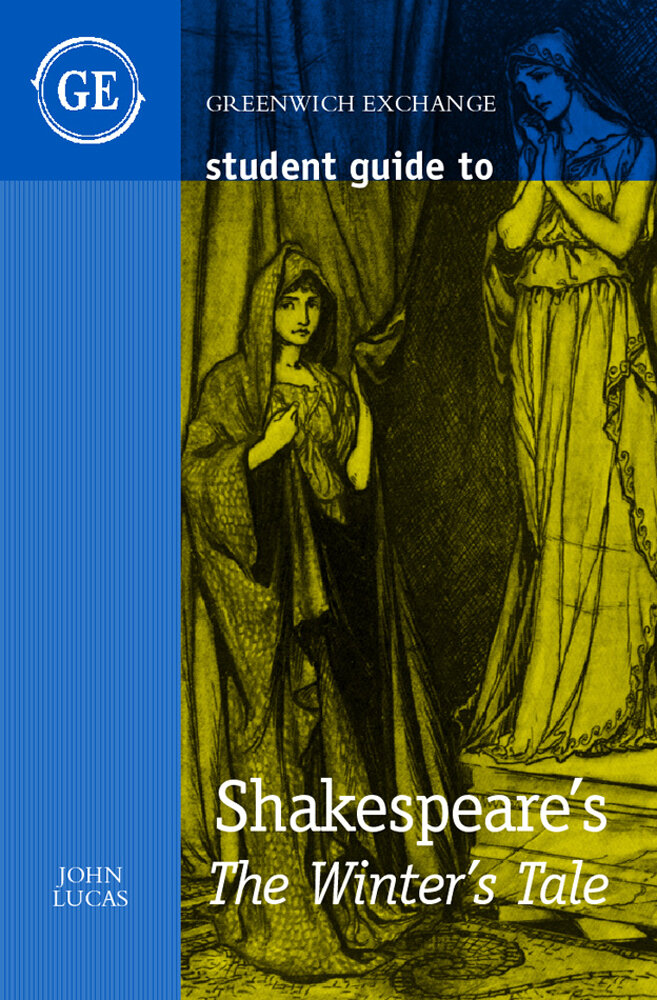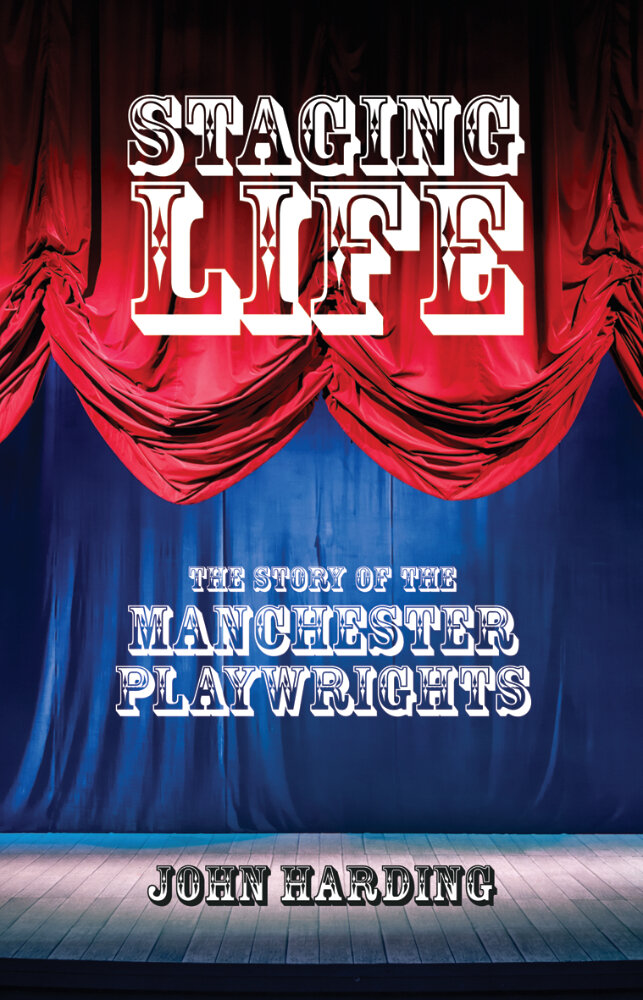 Image 1 of 1
Image 1 of 1


Shakespeare's The Winter's Tale
John Lucas' account of the play considers the significance of Shakespeare's decision to break with the expectations of the Jacobean stage, of his treatment of sexual jealousy, of the contrasting (and complementary) worlds of court and country, and of the ways in which women successfully oppose male power. He also relates the play to a number of others in the canon in order to identify what is uniquely wonderful about The Winter's Tale.
The Winter's Tale is a play in which Shakespeare chooses to flout the laws of dramatic probability. Not only are its two halves separated by a gap of 16 years, a man is eaten by a bear, a baby is miraculously saved from death by drowning, a statue no less miraculously comes to life. It is also a play which seems destined for a tragic outcome and yet which ends in reconciliation, in love restored, in a king's mad jealousy healed. Perhaps most importantly, in The Winter's Tale women become the active agents of good rather than the passive sufferers to which conventional role they seemed condemned at the play's outset.
About the author:
John Lucas is Professor Emeritus of English at the Universities of Loughborough and Nottingham Trent. His critical and scholarly books include studies of Dickens, Elizabeth Gaskell, and Arnold Bennett.
96 pages
ISBN: 978-1-871551-80-8
John Lucas' account of the play considers the significance of Shakespeare's decision to break with the expectations of the Jacobean stage, of his treatment of sexual jealousy, of the contrasting (and complementary) worlds of court and country, and of the ways in which women successfully oppose male power. He also relates the play to a number of others in the canon in order to identify what is uniquely wonderful about The Winter's Tale.
The Winter's Tale is a play in which Shakespeare chooses to flout the laws of dramatic probability. Not only are its two halves separated by a gap of 16 years, a man is eaten by a bear, a baby is miraculously saved from death by drowning, a statue no less miraculously comes to life. It is also a play which seems destined for a tragic outcome and yet which ends in reconciliation, in love restored, in a king's mad jealousy healed. Perhaps most importantly, in The Winter's Tale women become the active agents of good rather than the passive sufferers to which conventional role they seemed condemned at the play's outset.
About the author:
John Lucas is Professor Emeritus of English at the Universities of Loughborough and Nottingham Trent. His critical and scholarly books include studies of Dickens, Elizabeth Gaskell, and Arnold Bennett.
96 pages
ISBN: 978-1-871551-80-8






